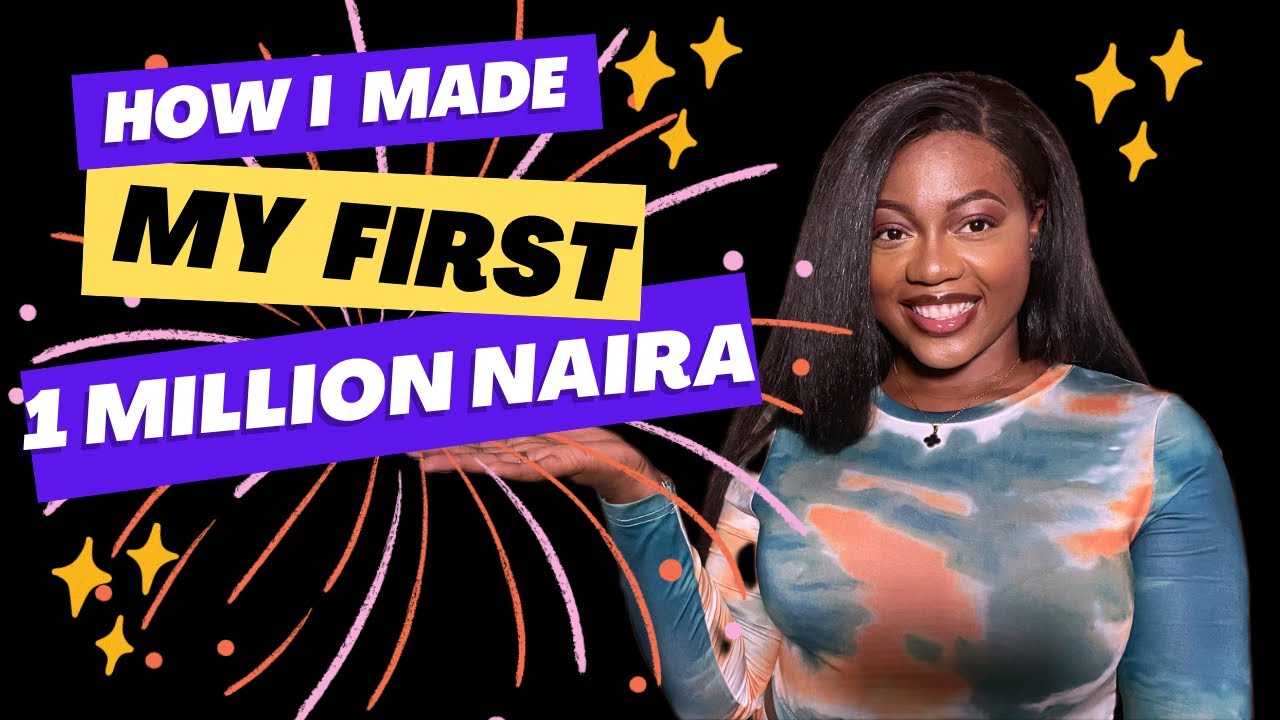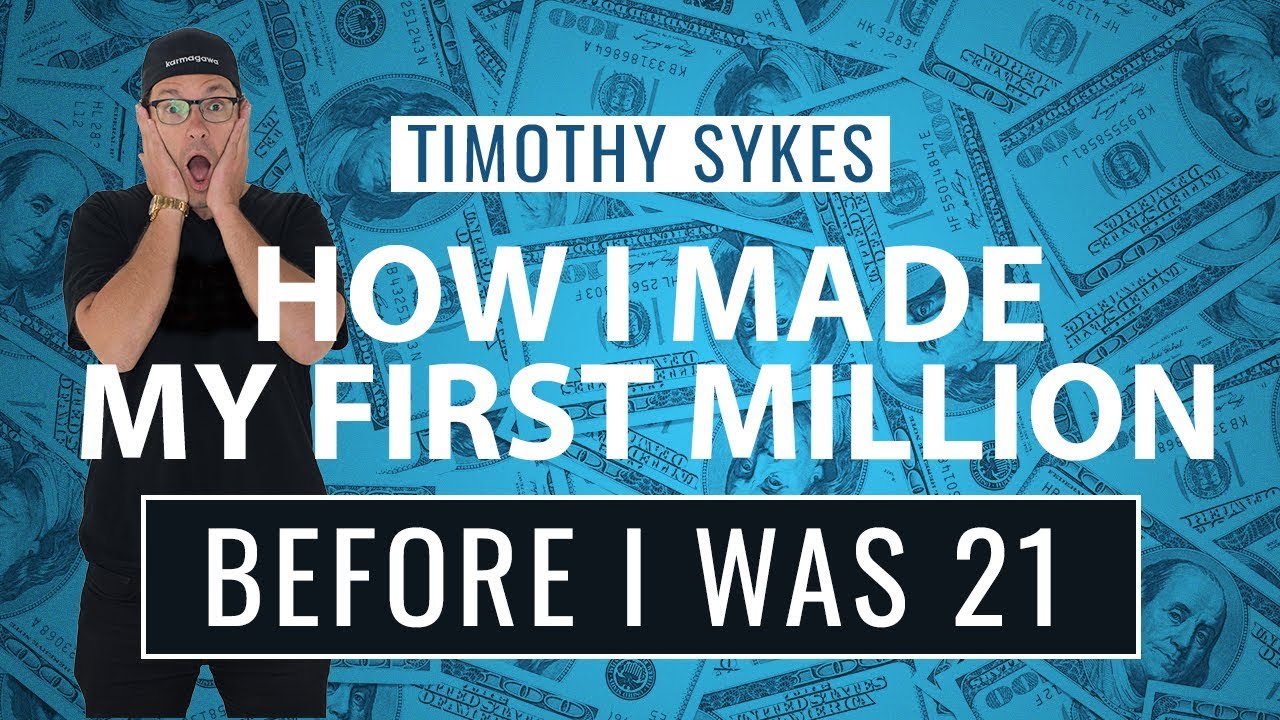Shutterstock is a leading platform where photographers, videographers, and artists can sell their work. As a stock photography website, it allows contributors to upload their content and earn money every time someone purchases it. The rise of online content has created an immense demand for high-quality images and videos, making stock photography a lucrative option for creative individuals. Whether you’re a professional or an amateur, Shutterstock provides an accessible means to showcase your work while building a source of passive income.
Understanding the Earnings Potential as a Contributor

Understanding the earnings potential as a Shutterstock contributor is essential for maximizing your success. Contributors earn money through various pricing structures based on subscription plans, image licenses, and the type of content created. Stock photo contributors are typically paid a percentage of the sales made from their uploads, which varies from 15% to 40%, depending on the contributor’s earnings threshold. The more you sell, the higher your percentage can become.
Moreover, contributors can significantly enhance their earnings by focusing on in-demand themes such as nature, lifestyle, and technology. Keeping track of market trends and seasonal needs allows contributors to adapt their portfolios accordingly, resulting in more sales. Building a diversified library of unique and high-quality images can attract a wider audience, significantly impacting your earning potential.
It’s also important to optimize your images with relevant keywords and descriptions to improve visibility in search results. Engaging in Shutterstock’s community and utilizing promotional strategies, like sharing your work on social media, can further expand your reach. Understanding licensing options and the types of content that generate the most interest will help contributors strategize better, ensuring they make the most out of their Shutterstock journey.
Getting Started with Your Shutterstock Account

When I decided to dive into the world of stock photography, the first step was setting up my Shutterstock account. It’s actually pretty straightforward, and I’m here to walk you through it!
Here’s how I got started:
- Visit Shutterstock‘s Website: Head over to shutterstock.com and click on the “Contributors” section. This is where you’ll find all the information about becoming a contributor.
- Create Your Account: Click on the “Sign Up” button. You’ll need to enter your email address, create a password, and fill in some basic information. Make sure to use a professional email address!
- Submit Your Portfolio: Before you can start earning, you’ll need to submit a portfolio of your work for review. This was a vital step for me—it showed Shutterstock what I was capable of. Aim for a mix of images that showcase your style and versatility.
- Understand the Guidelines: Take some time to read through Shutterstock’s submission guidelines. Trust me, following these rules can help increase your chances of getting approved. They cover aspects like image quality, technical requirements, and content restrictions.
- Wait for Approval: After submitting your portfolio, all you need to do is wait. Be patient! They’ll let you know via email whether you’re approved or if there are any adjustments you need to make.
Once I got my account set up, I felt a rush of excitement—this was the beginning of a new journey! It took a little effort, but the ease of getting started made it clear that contributing to Shutterstock was the perfect outlet for my creativity.
Tips for Creating High-Quality Stock Images

Creating high-quality stock images is crucial if you want to stand out on platforms like Shutterstock. After spending some time experimenting, I’ve learned a few tips that can help elevate your photography game and increase your chances of making sales.
Here’s what worked for me:
- Use Good Equipment: While you don’t need the most expensive camera, using a decent DSLR or mirrorless camera can make a significant difference in image quality. A good lens can enhance the sharpness and clarity of your photos.
- Pay Attention to Lighting: Natural light is your best friend! Shoot during the golden hour (early morning or late afternoon) for soft, flattering light. If you’re indoors, consider using softbox lights to avoid harsh shadows.
- Focus on Composition: Keep the rule of thirds in mind! Position your subjects along the intersecting lines for more dynamic images. Don’t hesitate to experiment with different angles and perspectives.
- Edit Wisely: Post-processing can take your images from good to great. Use software like Adobe Lightroom or Photoshop to enhance your images, but be careful not to overdo it. Aim to keep a natural look that buyers are likely to want.
- Stay Relevant and Trendy: Research current trends in stock photography. What types of images are selling? Keeping your portfolio fresh and relevant can attract more customers.
By following these tips, I’ve managed to create a portfolio that not only represents my style but also appeals to potential buyers. Remember, the key is to keep practicing and evolving your skills over time!
Keyword Research and Optimizing Your Uploads
When it comes to selling your photos on Shutterstock, keyword research is crucial. Think of keywords as the bridge between your images and potential buyers. The right keywords can make your work discoverable, while the wrong ones can leave your brilliant shots unseen.
Here are some tips I found helpful:
- Use Descriptive Words: Think about what someone might search for when looking for an image similar to yours. If you uploaded a picture of a beach at sunset, keywords like “beach,” “sunset,” “tropical,” and “vacation” could work well.
- Research Existing Images: Before uploading, type your potential keywords into Shutterstock’s search bar. See what pops up! This search will give you an idea of what freelancers in your niche are using.
- Be Specific: Broad keywords might seem appealing, but they often put you in a saturated pool. Instead of just “flower,” go for “yellow daffodil in spring” — it’s more specific and less likely to be overly competitive.
After selecting your keywords, ensure your images are optimized. Image quality matters! Always upload high-resolution files, and pay attention to the aspect ratio to fit Shutterstock’s requirements. A clear, well-composed image that’s effectively tagged will stand a much better chance of being bought.
By blending effective keyword research with high-quality uploads, you create a stronger portfolio that potential customers can’t resist!
Marketing Your Shutterstock Portfolio
Once you’ve got your images uploaded and optimized, it’s time to put some effort into marketing your Shutterstock portfolio. Just like any creative venture, exposure is key to success. Here are some strategies that worked for me:
- Social Media Promotion: Leverage platforms like Instagram, Pinterest, and Facebook to showcase your work. Create a dedicated page for your Shutterstock portfolio and share snippets or behind-the-scenes stories about your shoots.
- Blogging: Consider writing about your photography journey or techniques. You can include links to your Shutterstock portfolio, driving more traffic and potentially increasing sales. Remember, a personal touch resonates!
- Networking: Connect with other photographers and contributors. Join photography groups, forums, or local clubs. Share your experiences and ask for feedback. Networking can lead to collaborations and new opportunities.
- Leverage SEO on Your Portfolio Page: If you have a personal website, optimize it for search engines. Use keywords related to your photography niche to attract visitors.
Marketing is an ongoing effort. Take the time to engage with your audience and others in the industry, and be patient. Success doesn’t come overnight; it’s about consistently putting yourself out there and refining your approach. With a bit of creativity and effort, your Shutterstock portfolio can reach the right audience and start generating income!
Tracking Sales and Learning from Analytics
When I first started my journey as a Shutterstock contributor, one of the most eye-opening experiences was discovering the power of analytics. Tracking sales and understanding how my images were performing helped me refine my strategy and grow as a contributor. Here’s what I learned along the way:
- Use the Shutterstock Contributor Dashboard: This powerful tool provides statistics on your downloads, earnings, and trends. Exploring this dashboard regularly can give you valuable insights into what types of images resonate with buyers.
- Identify Bestsellers: Keep an eye on which images are getting the most downloads. Not only does this help you understand your strong suits as a photographer, but it also guides your future submissions. If your landscapes are doing well, consider focusing more on that genre.
- Seasonal Trends: Many contributors find that certain styles or themes perform better during specific times of the year. Keep track of any spikes in sales and correlate them with holidays, seasons, or events (like back-to-school or summer vacations).
Another great tip is to track your earnings over time. Observe any patterns in your sales data—this can be especially useful if you want to assess the impact of new submissions or promotional strategies. Remember, knowledge is power, and learning from analytics can help you make informed decisions to scale your Shutterstock business successfully!
Common Mistakes to Avoid as a New Contributor
As with any new venture, starting out as a Shutterstock contributor comes with learning curves. In my experience, I faced some pitfalls that I wish someone had warned me about. Here are some common mistakes to avoid:
- Ignoring Keyword Optimization: One of the biggest mistakes I made early on was not paying enough attention to keywords. Properly tagging your images is crucial because it helps potential buyers find your work. Always think about what terms someone might use to search for images similar to yours.
- Submitting Low-Quality Images: It might be tempting to upload everything you’ve shot, but quality always trumps quantity. Make sure your images are sharp, well-lit, and professionally edited before submission. Review the guidelines to ensure you meet Shutterstock’s quality standards.
- Neglecting Trends: The world of stock photography can shift rapidly. Ignoring trends can mean missing out on valuable opportunities. Take the time to see what’s currently popular on the platform and adapt your portfolio accordingly.
- Not Engaging with the Community: Shutterstock has a vibrant community of contributors. Engaging with other photographers—whether through forums, social media, or local meet-ups—can provide support, insights, and inspiration that can help you grow.
By avoiding these mistakes, you’ll be setting yourself up for success as a new contributor. Remember, it’s a learning process, so keep experimenting and don’t be afraid to ask for help along the way!
Expanding Your Stock Photography Skills
As I dove deeper into my journey as a Shutterstock contributor, I quickly realized that stock photography isn’t just about pointing and shooting. It’s about honing your craft and continually expanding your skills. Here are some effective ways to take your photography to the next level:
- Take Online Courses: Platforms like Skillshare and Udemy offer fantastic photography courses, from the basics of composition to advanced editing techniques. Investing in your education can enhance your technical skills and artistic eye.
- Join Photography Communities: Engaging with other photographers can be incredibly beneficial. Online forums, social media groups, and local meet-ups can provide feedback, inspiration, and even collaboration opportunities.
- Practice Regularly: Consistent practice is key. Challenge yourself to explore different genres of photography—landscapes, portraits, or macro shots—to diversify your portfolio. The more you shoot, the better you’ll get!
- Understand Market Trends: Stay updated on what’s trending in stock photography. Browse Shutterstock’s best-selling images and examine why they work. This insight can guide your future shoots.
Remember, the goal is not just to take photos but to take great photos that catch the eye of potential buyers. Experiment with lighting, angles, and post-processing techniques to develop your unique style. Embrace the learning process, and don’t be afraid to step out of your comfort zone.
Conclusion and Encouragement for Aspiring Contributors
Reaching that first $100 milestone as a Shutterstock contributor was an exhilarating experience that reaffirmed my passion for photography. If I can do it, so can you! Here are a few key takeaways and words of encouragement for you as you embark on your own stock photography journey:
- Set realistic goals: Starting small is totally okay. Focus on creating quality content rather than stressing over sales figures initially.
- Consistency is key: Regularly uploading fresh content can help you maintain relevance in the marketplace.
- Stay motivated: Celebrate your progress, even if it feels small. Each upload, each view, and each sale is a step closer to your goals.
- Keep learning: The photography world is constantly changing. Stay curious, keep learning, and adapt to new trends and technologies.
Remember, every professional photographer started somewhere. Don’t be disheartened by initial setbacks; they are part of the learning process. Keep pushing forward, and who knows? Your journey might inspire someone else to take the leap into stock photography!

